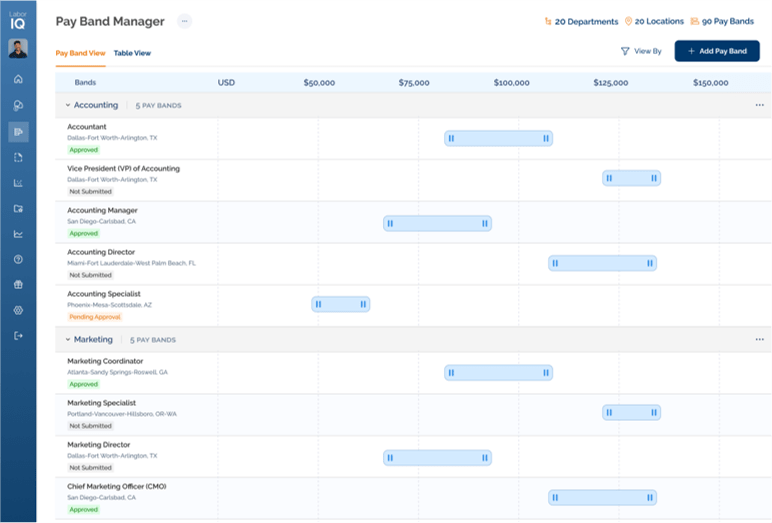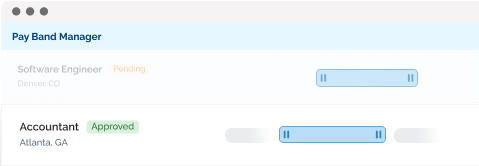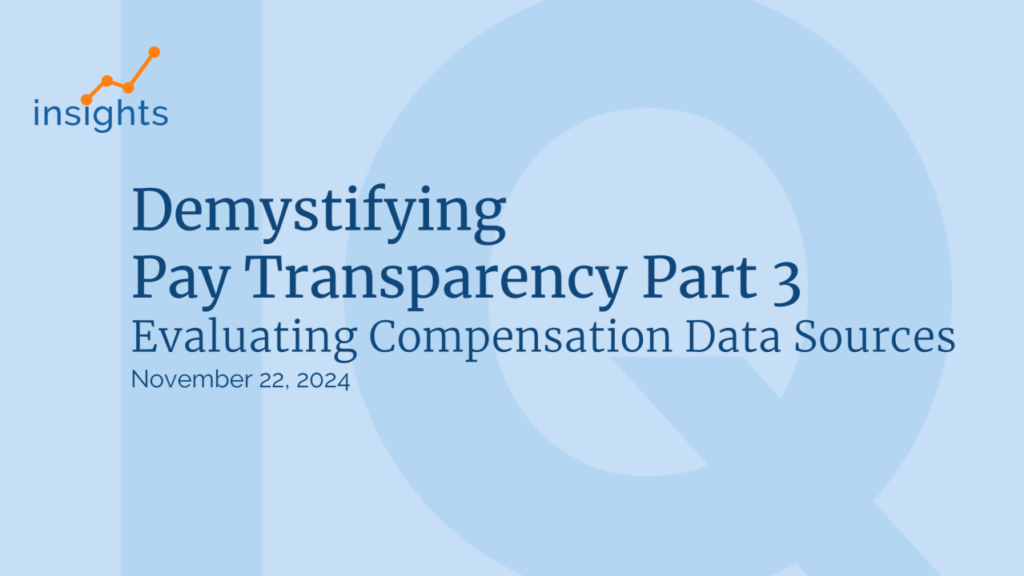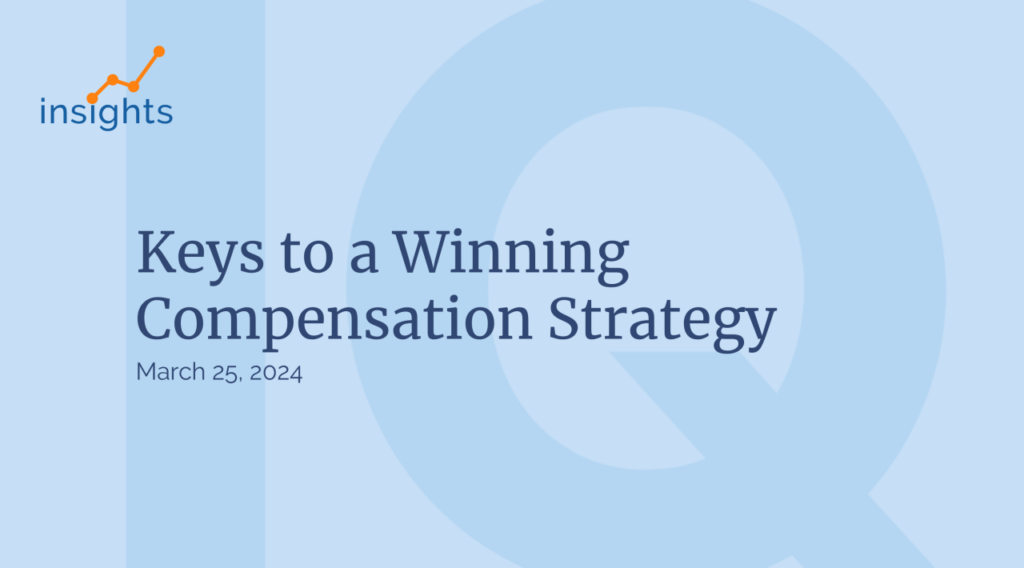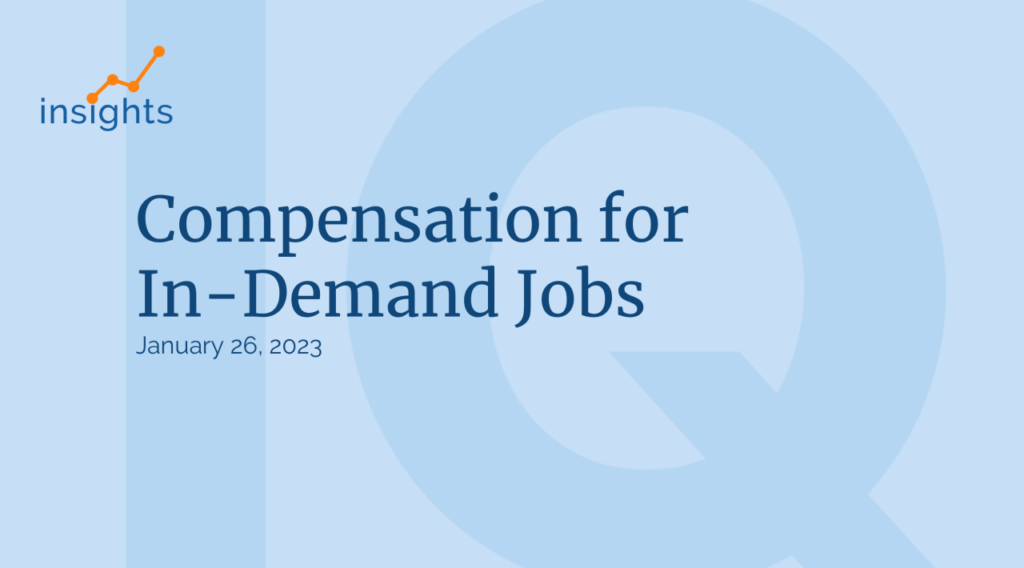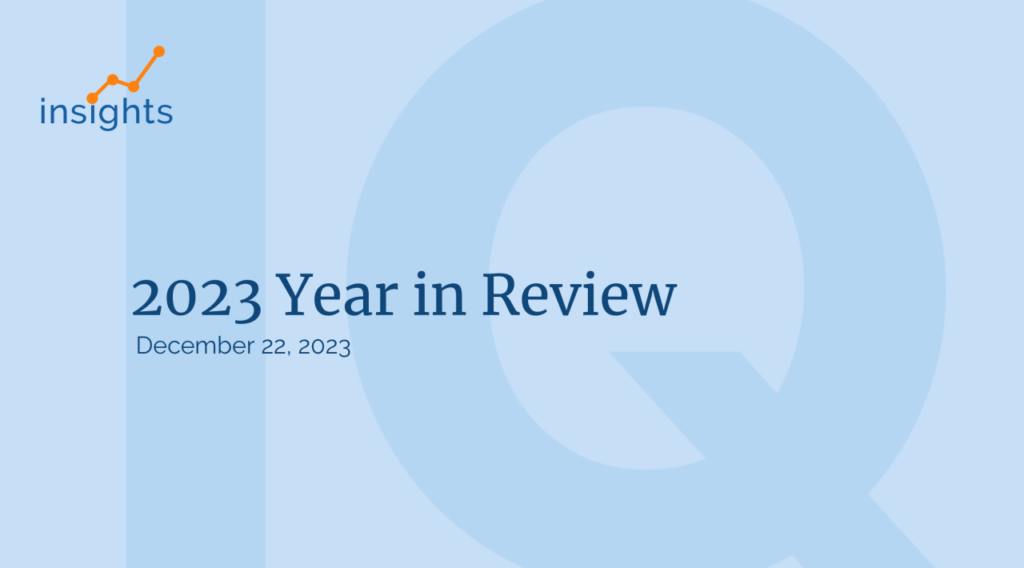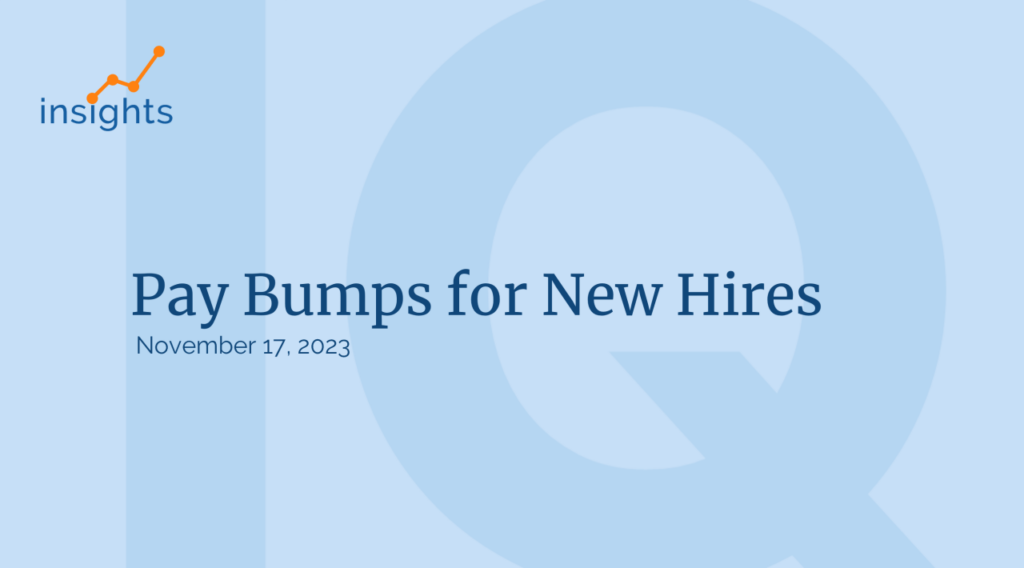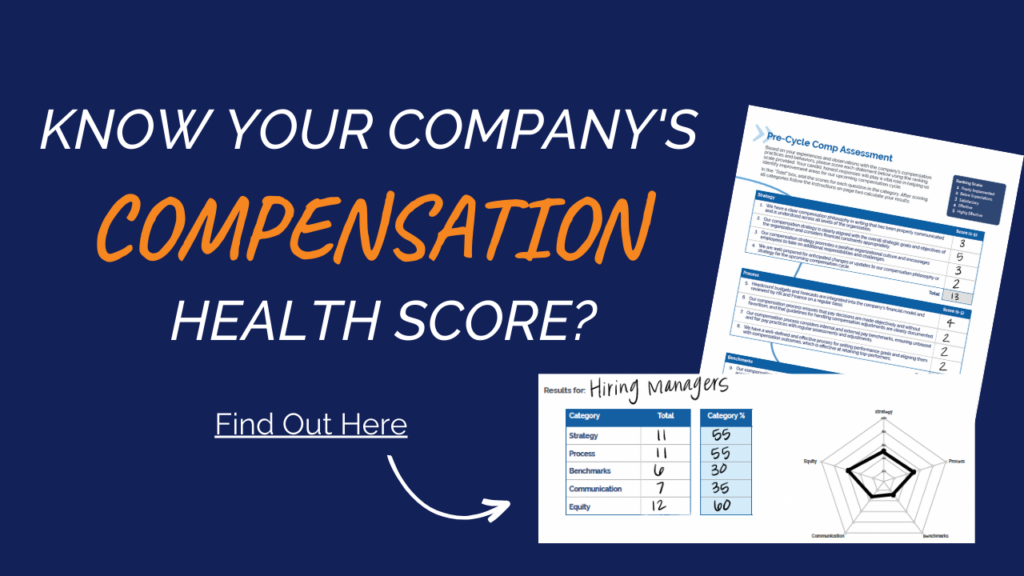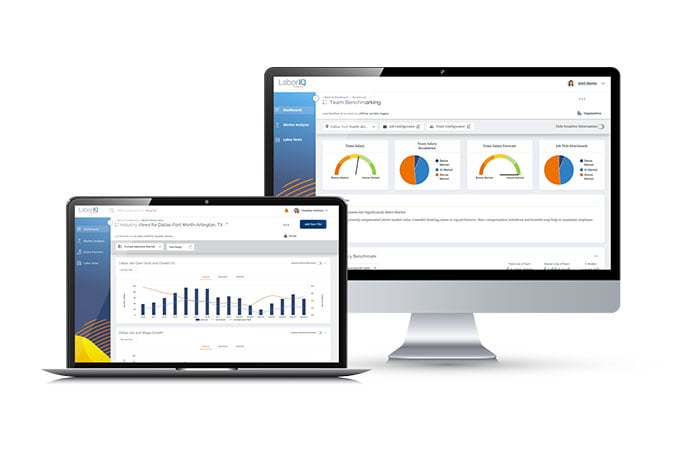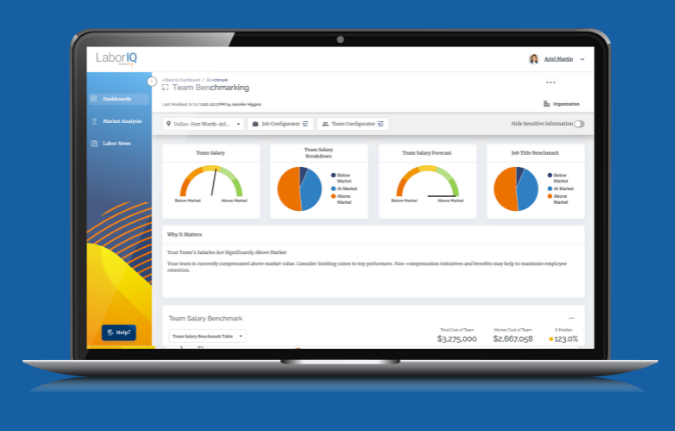Securing a great new employee with agreement on the right salary – for both parties – might be compared to doing a dramatic tango dance. During the wooing phase, your company (the tango “leader”) and the candidate (the “follower”) start by facing each other from separate places of self-interest.

Then comes the sequence with improvised steps – the tentative, introductory overtures leading up to your offer and very likely a counteroffer from the candidate, even in the era of COVID-19. While you’re both in control of your own moves during this back-and-forth dance, you’re also connected to an ultimate goal – making a mutually beneficial match.
Just be sure you don’t trip each other up and find yourselves lying red-faced on the floor.
The chances of that happening can be reduced by conducting careful research about prevailing wage trends in your market, knowing what salary range your company can afford to offer and talking candidly with the candidate about compensation – or at least an expected range – as early in the dance as possible.
As a first step to a successful salary offer, the hiring manager will want to write an accurate description of the available position. The description will provide the role’s concise skill requirements and an accurate summary of day-to-day duties.
“It’s important to get the job description right on the first swing,” said Marisa Vrona, client engagement director at the WunderLand Group in Chicago. “You want to ensure all the right details are there, but not too many to overwhelm candidates.”
Think hard about the position’s sought-after requirements because they will strongly affect what candidates expect in compensation. What education level does this position demand? How many years of experience do candidates need to successfully perform this job? Increasingly, hiring managers say they’re valuing experience and skills more than academic credentials.
Related: 4 Steps to Developing a Market-Value Employee Salary Structure
Also, carefully consider what sorts of skills the position requires. Skills usually consist of experience using specific software programs and techniques or performing certain activities. While today it’s common for companies to seek a mix of hard skills – like cloud computing or AI – and soft skills, the latter are increasingly important.
According to the 2020 Job Outlook Survey by the National Association of Colleges and Employers, 91% of employer respondents want candidates to have problem-solving skills, and 86% want candidates who can work as part of a team. Other soft or “people skills” employers want include high levels of empathy, emotional intelligence and personal motivation.
The Impact of Job Titles on Salary Ranges
Job titles also affect a candidate’s expected salary offer from an employer. When establishing salary bands, HR professionals and hiring managers need to choose titles that accurately reflect the actual position. The title should indicate the role’s duties and the employer’s expectations, reflecting the way the role fits within the organization.
Because job titles are often antiquated, especially for evolving tech and management jobs, LaborIQ® by ThinkWhy helps employers by deconstructing jobs into their essential components, including skills, education and experience. That way, companies can post a job description as it actually exists in their organization. LaborIQ by ThinkWhy then provides insight into salary data enabling employers to offer salaries more in range with the market rate. LaborIQ by ThinkWhy also factors in a six-year compensation outlook for the position, helping identify future personnel costs for accurate budgeting.
Instead of “ballpark-type estimates,” LaborIQ by ThinkWhy offers wage analysis at both the macroeconomic level – based on annual and hourly wages in 12 supersectors tracked by the U.S. Bureau of Labor Statistics, such as construction, education and health services, etc. – and at the micro-industry level for a specific occupation or job title.
Other considerations in determining the right salary to offer include the size of your company and your industry type – an accountant at a construction company will be compensated differently than one at a financial firm, for example – as well as your company’s city or metropolitan area. Candidates in cities where it’s more expensive to live will expect higher salaries than those residing in areas with lower costs of living. Key cost-of-living indicators include the costs of for-sale and rental housing, transportation, taxes, utilities and food and entertainment.
After you’ve reviewed comparable salaries for similar roles in the metro, you’re ready to decide how much your company can afford to pay for the position. Most often, employers will have in mind a range of pay – typically a spread of plus or minus 15% to 20% from the expected salary midpoint, all dependent on the candidate’s qualifications and experience.
Be mindful that when changing jobs, candidates typically have sought a salary increase of at least 10 percent. However, the pandemic has also dampened salary expectations in recent months, with more employees growing fearful of being laid off or furloughed. At the same time, the increasing popularity of work from home (WFH) has allowed organizations to reduce their overhead costs; draw candidates from a larger, more diverse talent pool; and make “location adjustments” in their salary structures to reflect lower costs of living for remote workers in certain areas.
Once you’ve made a job offer, the candidate often will ask for a few days to consider it before coming back with the request for a higher salary. It will be up to you to decide whether the company is able, or willing, to meet the new figure.
If doing so is not feasible, you might stress that your offer was based on supply and demand during a pandemic as well as experience and education levels for the position, according to salary metrics for the metro area (as validated by LaborIQ). You can also tout a variety of alternative “sweeteners” in lieu of additional pay, offering the candidate things like:
- Paid time off
- A signing bonus
- A flexible schedule
- Access to advanced technology
- An accelerated timeline to discuss raises
- A higher-ranking title
- The opportunity to learn from experienced mentors
- Tuition reimbursement
- Reducing a 90-day waiting period for benefits to 30 days
- Paid parental leave
- Childcare subsidies
Given motivation and good faith on both sides, you should then be able to negotiate a package that’s mutually satisfactory.
Few parts of the hiring manager’s job are as important – or as fraught with potential peril – as securing a great employee with a salary that has the new hire motivated and ready to excel from day one. By following a few simple steps, you can make the salary tango with your top candidate a win-win – one that will appeal to the bottom line.
Related: Compensating Employees When Pay Raises Aren’t an Option









